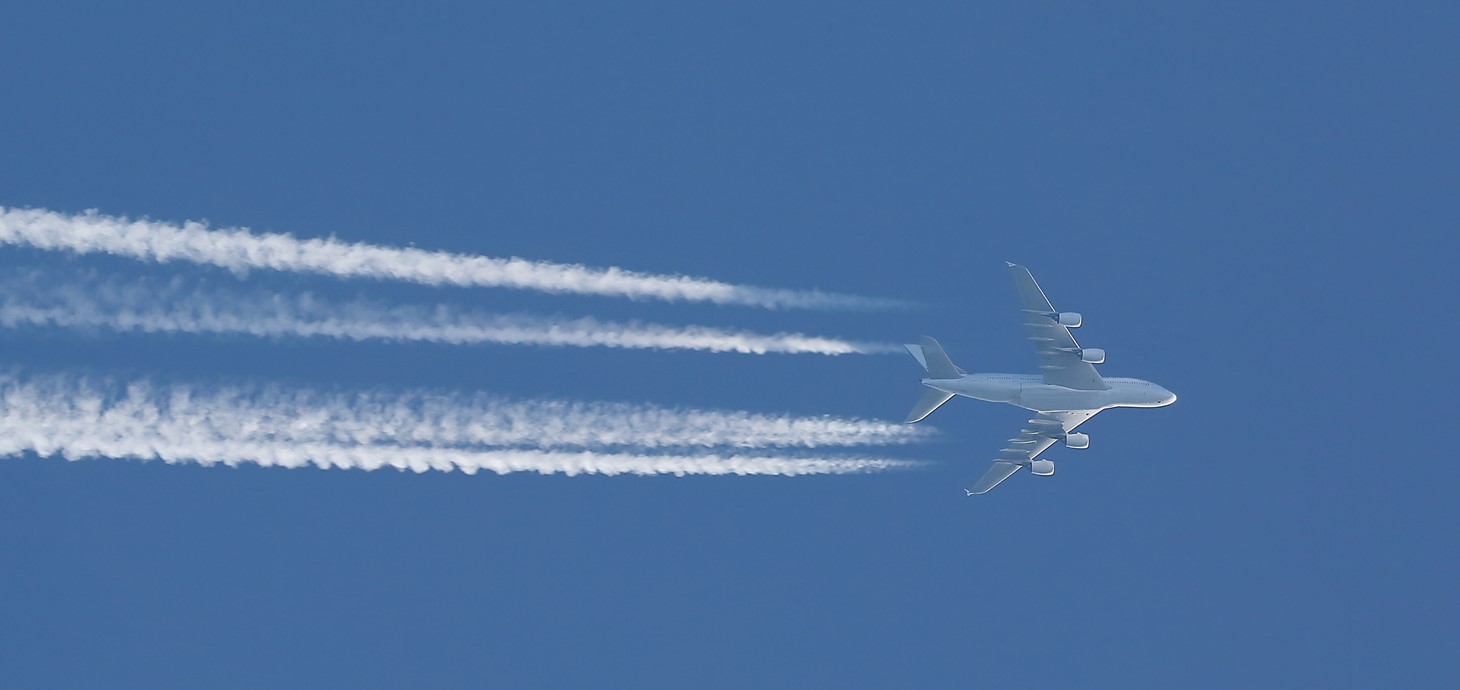
Swansea University is a partner in a new international collaboration aimed at investigating possible ways to convert the carbon dioxide emitted by industries into renewable fuels.
The project Double-Active Membranes for a sustainable CO2 cycle (DAM4CO2) is one of eight projects funded by the European Innovation Council as part of its EIC Pathfinder Challenge: Carbon dioxide and nitrogen management and valorisation.
DAM4CO2 is a wide and interdisciplinary consortium and is being co-ordinated by the National Research Council of Italy. Besides Swansea, it consists of the CNR Institute on Membrane Technology (CNR-ITM, Rende), the Institute of Chemistry of Organometallic Compounds, (ICCOM, Pisa), the National Interuniversity Consortium for the Science and Technology of Materials (INSTM, the University of Turin, the University of Pisa and the University of Perugia), the Polytechnic University of Valencia, the University of Edinburgh and two European companies, Primalchit Solutions and Me-Sep.
Dr Mariolino Carta, the PI from Swansea University, will lead the synthesis work package, looking for new polymers and additives to improve the membrane performance, both from the carbon capture and the catalysis points of view.
Dr Carta, from the School of Engineering and Applied Sciences, said: "Membrane technology has advanced greatly in the past few years, and the possibility to combine materials that simultaneously work from removing CO2 from flue gas and valorise it, turning into synthetic fuels, is a great and fascinating challenge.”
The project, funded with almost 4 million euros, aims to develop a radically new membrane technology for simultaneous CO2 capture and conversion in renewable fuels of no biological origin.
The latter is fundamental to promoting ecological transition in long-range transport, such as the aviation sector. DAM4CO2’s ambition is to overcome the current technologies by developing double-active membrane systems to merge the capture and conversion processes in one single device.
This will allow the development of a more efficient energy and soil consumption device, which can be used to retrofit the current separation setups and can be installed where the current technology is not economically feasible.
